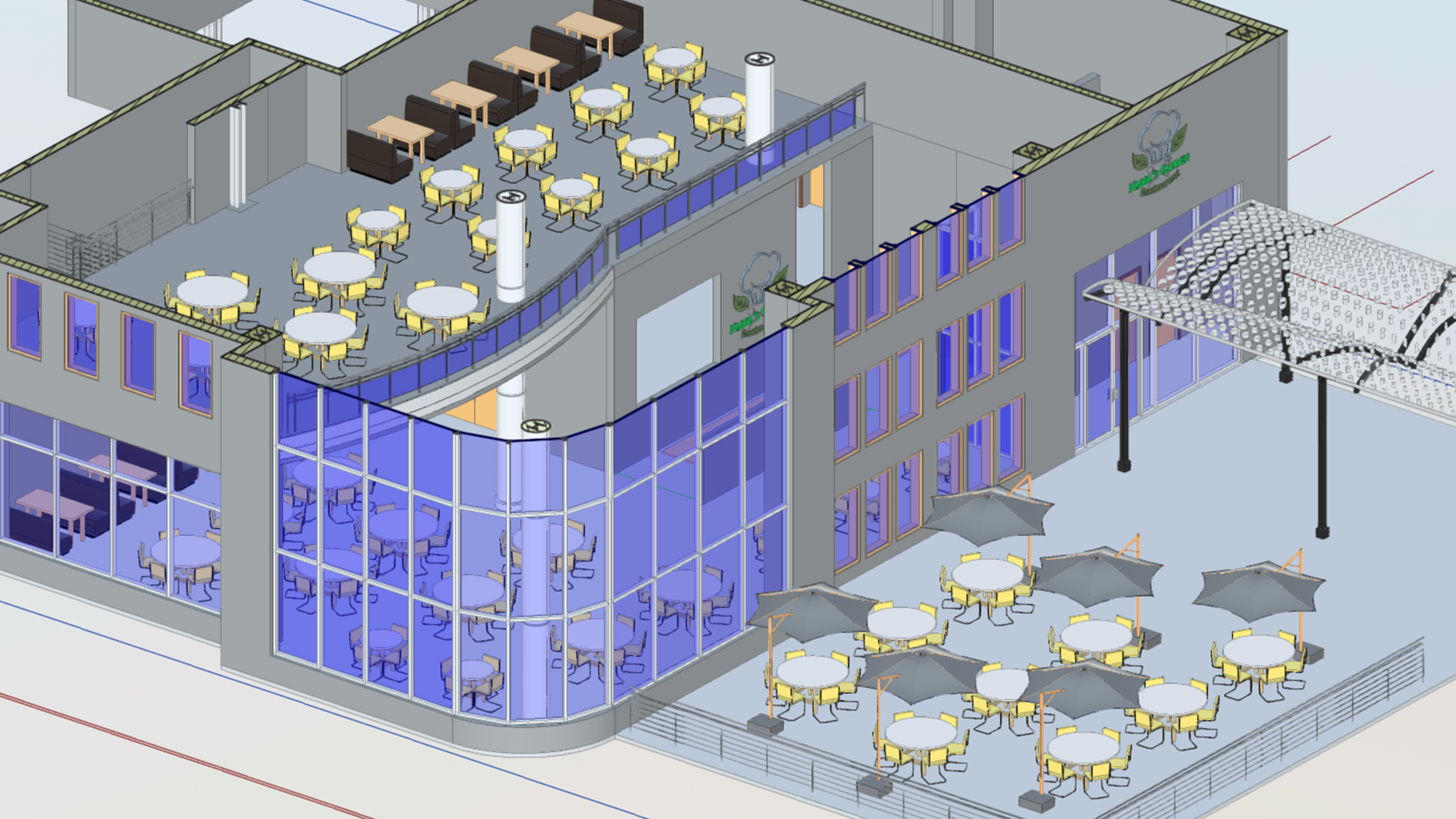Confronted with enormous technological and institutional changes, today’s architecture, engineering, and construction (AEC) industry is called to adapt with these major shifts. The ever-increasing adoption and use of information technology throughout the lifecycle of construction projects is one of the most perceptible trends.
One of the technologies that stand out is the Building Information Modeling (BIM). Over the past few years, we’ve seen the increased adoption of BIM in the US. According to McGraw Hill Construction, around 71% of architects, engineers, contractors, and owners utilize BIM on their projects. Although the US does not have a nationwide mandate like U.K. on the use of BIM technology, BIM is gaining ground in the US AEC industry. More and more project owners, both in the private and public sector, are requiring BIM components in their construction projects.
Architects and engineers, as well as other relevant construction professionals, must be aware of and be adept with these new technologies. These digital solutions prove useful in addressing multidimensional challenges and obstacles that the AEC industry face. BIM is instrumental in preventing unnecessary engineering and architectural design problems, ensures cost-efficiency, and improves project execution.
In order to enjoy the full benefits of BIM in your AEC firm, it is essential to master the technology. Although BIM software has a simple user interface, tools and commands, learning this digital tool can be quite a challenge. Here are some quick tips to help you become a BIM pro. Might as well want to check this affordable online bachelor’s in electrical engineering.
1. Start with small projects
Learning BIM does not happen overnight. Whether you’ve already used CAD-based or other BIM software, you should start working on small tasks. Allow yourself to be familiar with the interface, controls, and commands. Get a feel of how the technology works.
According to specialists at VIAtechnik, BIM modeling services provider, working on complex projects on a completely new platform can lead to exorbitant costs, unwanted errors, and unnecessary delays. When you’re not familiar with the BIM framework, mistakes are expected.
Start with a pilot project and keep practicing with your models to hone your skills and improve your success rates. Work on a small project with an extended deadline, thereby allowing you to experiment. By starting with small tasks, you can eventually learn the entire system and gradually transition to major projects later.
As you gain confidence with the basic features and tools, begin learning advanced features like data and image visualization, data sharing and collaboration with teams, virtual and augmented reality, and cloud-based tools.
2. Avoid over-modeling
Transitioning to new digital design software can be very exciting. There are numerous new, advanced features to learn and use. In an attempt to come up with an impressive output, you might be tempted to try all of these features and over-model everything.
While this sense of curiosity is great, you don’t want to complicate and delay things with over-modeling. If models can be simplified, go for it – don’t complicate things. After all, BIM software is intended to simplify things and not to cause you headache. Resist the urge to make every model complex.
However, you don’t want to settle with mediocrity through under-modeling. This can turn off your clients and negatively impact your vision of the project. Strive to balance creating presentable models with understanding the framework.
3. Understand the software
Whether you’re already using CAD-based software or not, shifting to BIM can be challenging. Adopting this technology requires you to overhaul your entire systems and processes. It is not only the architects and engineers who need to understand the software but also all other personnel involved in the process. Most likely, adopting BIM will change the way you collaborate with your team, contractors and other stakeholders.
Expect the transition to take several months of training. There’ll be challenges, conflicts, and delays throughout this process. These are all part of the migration process. But as your entire team slowly learns the system, you’ll start to appreciate its benefits. Everyone needs to know their role in the process and commit to further understand the technology. Going pro with BIM is actually a team effort.
4. Proper timing
Shifting to BIM is a major organizational move, thus requires time. As such, it is crucial that you choose a perfect time to start the transition. You need to focus on learning the technology. Ideally, you need a time when you expect lighter load. You don’t want to overwork yourself and your staff by working on existing tasks and deadlines while learning a new system. This can only lead to frustration and even resentments.
Check your company’s schedule. Look for gaps where you can insert trainings. These are the perfect moments for you to make the switch. If possible, set daily schedules for you to train and learn BIM.
BIM modeling is indeed a great technology that can add value to every AEC firm. However, don’t expect the transition to be an easy ride. There will be a lot of stumbling blocks along the way. Consider them as necessary investments toward improving your skills and company’s processes. Hopefully, these tips can help you as you journey towards being a BIM Modeling pro!
